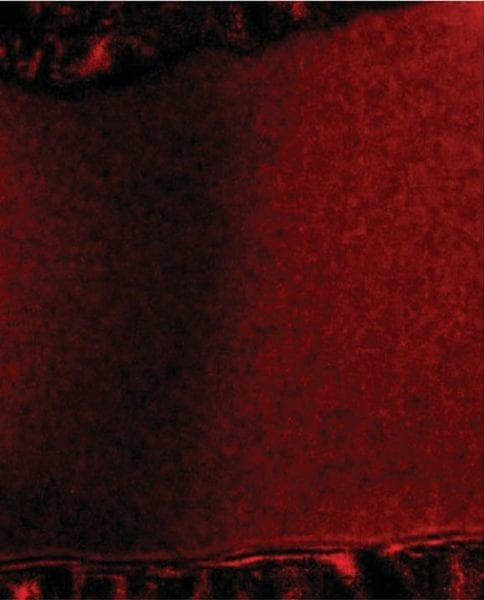A research team from KAUST in Saudia Arabia have fabricated all-polymer nonvolatile bistable memory devices with potential for use in flexible and transparent electronics.


A research team from KAUST in Saudia Arabia have fabricated all-polymer nonvolatile bistable memory devices with potential for use in flexible and transparent electronics.

Researchers from Arts et Métiers ParisTech describe a shape properties effect in a shape memory polyurethane.

Magnetic shape memory alloys are a promising material for actuation purposes. Researchers show advantages and disadvantages and highlight their potential.

One of the exciting potential applications of electromagnetically induced transparency and slow and stored light is for practical realization of quantum memory, and, ultimately, quantum computing. Recent advances using ensembles of warm atoms in vapor cells have been made.

Scientists probe the optoelectric behaviour of bismuth ferrite at the nanoscale and propose a novel ferroelectric-based memory application.
French scientists have made light-sensitive memory devices by combining carbon nanotubes and silicon nanowires.
Ever wondered if your food has been kept cold enough before you buy it? Here’s a way to find out…using nanoparticles to sense and record temperature changes.

Scientists are using crystal imperfections to generate secure encryption, paving the way for quantum-resilient data protection.

Scientists create designs for quantum batteries, which harness the potential of quantum mechanics to enhance energy storage.

A neural network was able to evaluate connections between brain structure and clinical data to predict psychiatric disorders in youth.